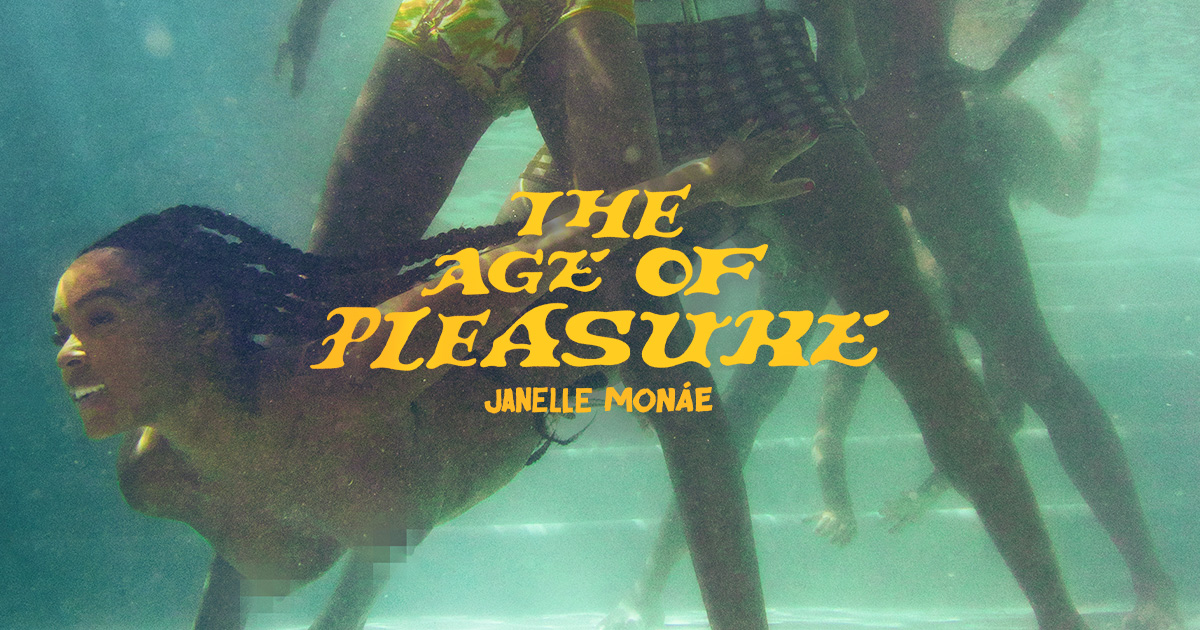Introduction
Janelle Monáe‘s latest album, “The Age Of Pleasure,” takes listeners on an extraordinary sonic adventure through a Pan-African utopia. The album weaves together themes of freedom, pleasure, and self-love, inviting us to a world where marginalized individuals have triumphed over oppression. In this review, we explore the album’s powerful storytelling, genre-blending soundscapes, and the profound impact of Monáe’s artistic vision.
A Triumph of Liberation
In “The Age Of Pleasure,” Monáe continues the narrative of their previous work, painting a vivid picture of a triumphant coup d’état led by rebel leader Jane 57821. This concept creates an immersive experience that resonates deeply with listeners, as Monáe seamlessly merges their narrative with musical excellence.
Genre-Bending Ecstasy
Monáe’s musical versatility shines throughout the album, effortlessly blending various genres into a cohesive sonic tapestry. Collaborating with Wondaland co-producer Nate Wonder, they infuse diasporic influences, Afrofuturistic elements, and global sounds into a vibrant melodic journey. Tracks like “Champagne Shit” and “Phenomenal” fuse traditional African instruments with contemporary electronic elements, bridging the past and the future. Monáe’s ability to defy genre boundaries and create a sound uniquely their own is truly remarkable.
Sensual Empowerment
“The Age Of Pleasure” fearlessly explores themes of sexuality and desire, reclaiming agency over one’s own body and pleasure. Through provocative and empowering lyrics, Monáe embraces their desires without shame or guilt. Tracks like “Lipstick Lover” and “Only Have Eyes 42” exude sensuality, painting vivid scenes of unapologetic pleasure and erotic liberation. Monáe’s ability to challenge societal taboos and celebrate sexual expression is a testament to their commitment to creating art that empowers and emboldens.
Collaborative Brilliance
Monáe enlists a diverse range of collaborators who enhance the album’s thematic and musical elements. Iconic artist Grace Jones lends her sultry voice to the seductive interlude “Ooh La La,” while Ghanaian-American singer Amaarae matches Monáe’s unapologetic energy. These collaborations bridge masculine and feminine energies within the album, creating a harmonious balance that elevates the listening experience.
Conclusion
“The Age Of Pleasure” is a testament to Janelle Monáe’s unwavering commitment to artistic expression and social commentary. The album’s powerful storytelling, genre-defying soundscapes, and celebration of pleasure and liberation solidify Monáe’s position as an innovator and visionary. By crafting a utopian world where freedom reigns, Monáe invites listeners to envision a better future and embrace their own complexities. “The Age Of Pleasure” is a musical triumph that leaves us eagerly anticipating the next chapter of Monáe’s extraordinary artistic journey.










Comments are closed